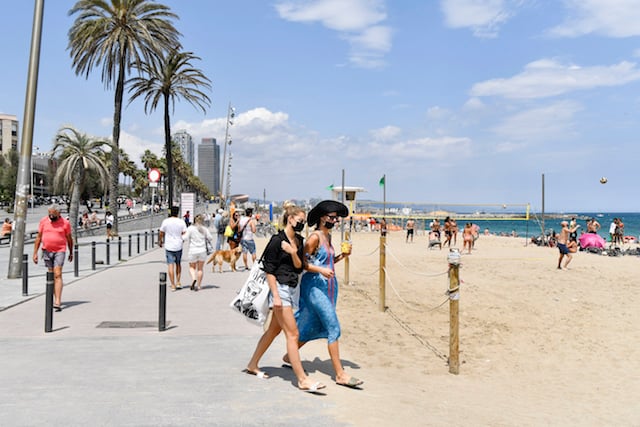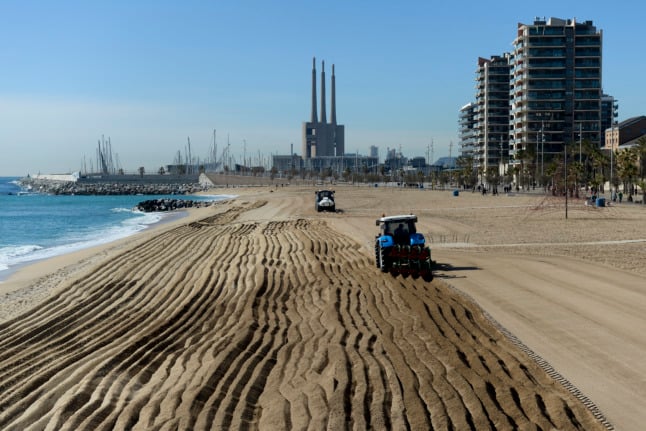The Catalan parliament is scheduled to hold a debate and vote on Friday on Sanchez's candidacy despite a failed first attempt.
Sanchez was remanded in custody in October pending charges of sedition over last year's failed Catalan independence bid.
An attempt to appoint him as president failed last month after Spain's Supreme Court turned down a request for his release from jail.
But Catalan parliament speaker Roger Torrent put Sanchez's name forward as a candidate again earlier this month after the United Nations Human Rights Committee defended his political rights.
READ MORE: Catalan assembly speaker urges release of jailed presidential candidate

Catalan parliament speaker Roger Torrent during a parliament session last month. Photo: AFP
In letters sent last month to Spanish authorities and Sanchez's lawyers, the UN committee requested the state take all steps to ensure he is allowed to exercise his political rights.
Supreme Court judge Pablo Llarena once again turned down Sanchez's request, arguing there were signs that he could “move in the direction of a rupture of the constitutional order”.
The judge argues it was justified in limiting Sanchez's political rights given the risk that his release would pose to the collective rights “of the rest of the community”.
Torrent had appealed earlier on Thursday for the judge to agree to let Sanchez, who was elected to the Catalan parliament in snap polls in December, leave jail to be sworn in.
“The court has the opportunity to take note of international law and the protection of political rights or write another dark chapter in the history of the Supreme Court,” he said in an interview to news radio Cadena Ser.
Torrent did not say if he would go ahead with the debate in the Catalan parliament on Friday if Sanchez, the former leader of influential grassroots independence group ANC (Catalan National Assembly), was not released.
The ruling comes as Barcelona is gearing up for a huge protest on Sunday to mark the six month anniversary of the jailing of Sanchez and Jordi Cuixart, the leader of another separatist organisation.
Catalonia has been in political limbo since Spain's conservative central government imposed direct rule on the region after it unilaterally declared independence in October.
Fresh regional elections will be triggered if a new leader is not elected by May 22nd.





 Please whitelist us to continue reading.
Please whitelist us to continue reading.